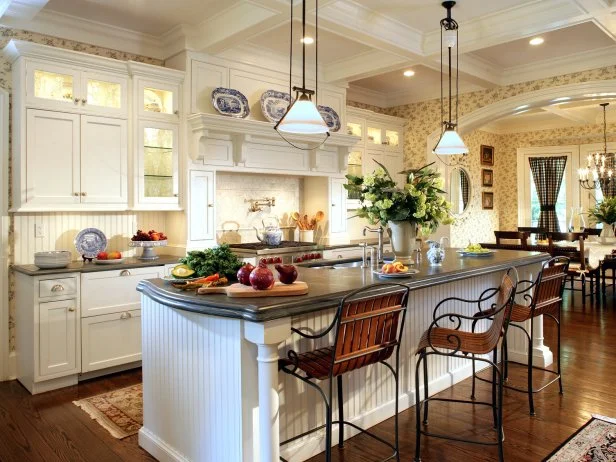Change Any Kitchen Area with Lovely Legs For Kitchen Island Selections
Change Any Kitchen Area with Lovely Legs For Kitchen Island Selections
Blog Article
Necessary Aspects to Think About When Choosing Legs For Kitchen Island
Picking the proper legs for a kitchen island entails a mindful assessment of numerous factors that can significantly affect both capability and visual charm. As we explore these aspects, it becomes clear that each choice can have significant implications for the total kitchen area experience.
Product Options
When choosing legs for a kitchen island, comprehending the numerous product alternatives is necessary for achieving both aesthetic charm and architectural integrity (Legs For Kitchen Island). The option of product dramatically affects not just the resilience of the island however additionally its total design and performance
Steel legs, commonly made from stainless steel or functioned iron, add a contemporary and industrial feeling while making certain durability and security. These products are immune to use and can support substantial weight, making them perfect for larger islands.
An additional alternative is crafted materials, like MDF or plywood, which can be much more affordable while still offering a series of coatings. Nonetheless, they may not offer the same degree of security as solid timber or steel. Lastly, products such as acrylic or glass can produce a contemporary appearance, though they might require added assistance to make sure stability.
Eventually, the selection of product for cooking area island legs need to line up with the desired capability and the general motif of the kitchen area.
Design And Style

When considering style, the shape and finish of the legs are crucial. Tapered legs can offer a sense of lightness and elegance, while thicker, much more robust legs can convey strength and security. In addition, the coating-- be it repainted, discolored, or all-natural-- ought to match the cabinetry and countertop materials to develop a unified appearance.
Additionally, the style of the legs can likewise reflect personal preference. Custom-made or ornamental legs, such as those featuring intricate makings or one-of-a-kind geometric forms, can function as centerpieces, including personality and character to the kitchen. Inevitably, the appropriate option will not just improve performance but additionally raise the aesthetic allure, making the kitchen area island a standout feature of the home.
Elevation Factors To Consider
Selecting the appropriate elevation for kitchen area island legs is crucial, as it straight affects both functionality and convenience. The basic elevation for a kitchen area island generally varies from 36 to 42 inches, lining up with common kitchen counter heights. A 36-inch elevation is perfect for cooking and cooking, enabling comfortable usage of kitchen area devices and tools. On the other hand, an elevation of 42 inches is often chosen for islands intended for bar seating, suiting taller feceses and providing a laid-back eating experience.

It is likewise vital to account for customers' elevations and preferences. Tailoring the height can ensure a comfy experience for all family members, making the cooking area island a more functional and delightful area.
Weight Support
Making certain sufficient weight assistance for kitchen area island legs is vital for both security and functionality. The cooking area island typically offers several objectives, including food prep work, dining, and added storage, requiring a durable support framework. When selecting legs, it is vital to consider the general weight ability needed based upon the island's intended use and the products that will be put on it.
The selection of material for the legs plays a considerable duty in their weight-bearing capabilities. Solid timber, metal, and heavy-duty compounds usually offer remarkable strength compared to lighter materials. In addition, the layout of the legs-- whether they are straight, tapered, or have a go to the website pedestal type-- can affect their capacity to distribute weight efficiently throughout the framework.
Always speak with the producer's specs concerning tons limitations to guarantee that the legs can sustain the intended weight without compromising safety and security. In recap, picking kitchen area island legs with appropriate weight support is important for creating a safe and useful culinary space.
Installment and Upkeep
Appropriate setup and maintenance of cooking area island legs are essential for making sure durability and stability. To start, it is important to comply with the producer's standards throughout installment. This usually includes protecting the legs to the space station utilizing suitable bolts, making sure that the legs are level and straightened. Using a level device can help protect against tottering and enhance the total aesthetic allure of the kitchen area island.
As soon as installed, normal maintenance is needed to maintain the stability and look of the legs - Legs For Kitchen Island. For wooden legs, regular cleansing with a damp fabric and application of ideal wood gloss can prevent wetness damages and maintain their surface. Steel legs might require a mild cleansing solution to eliminate oil and grime, complied with by a completely dry towel to avoid corrosion development
Additionally, check the legs consistently for signs of wear or damage, such as cracks or loose joints. Tightening screws or bolts as needed can likewise extend the life expectancy of the legs. By sticking to these setup and upkeep methods, home owners can make certain that their cooking area island continues to be tough and aesthetically appealing for several years ahead.
Verdict

Aesthetic coherence is vital in picking the style and design of legs for a kitchen area island, as these aspects substantially affect the overall ambiance of the area. Tapered legs can supply a feeling of agility and style, while thicker, more robust legs can convey stamina and stability.Selecting the proper elevation for cooking area island legs is read the full info here critical, as it straight affects both functionality and comfort. In summary, selecting kitchen island legs with adequate weight support is important for creating a functional and safe culinary space.
In verdict, picking legs for a cooking area island demands mindful factor to consider of different elements, including material alternatives, style, height, weight support, and installment.
Report this page